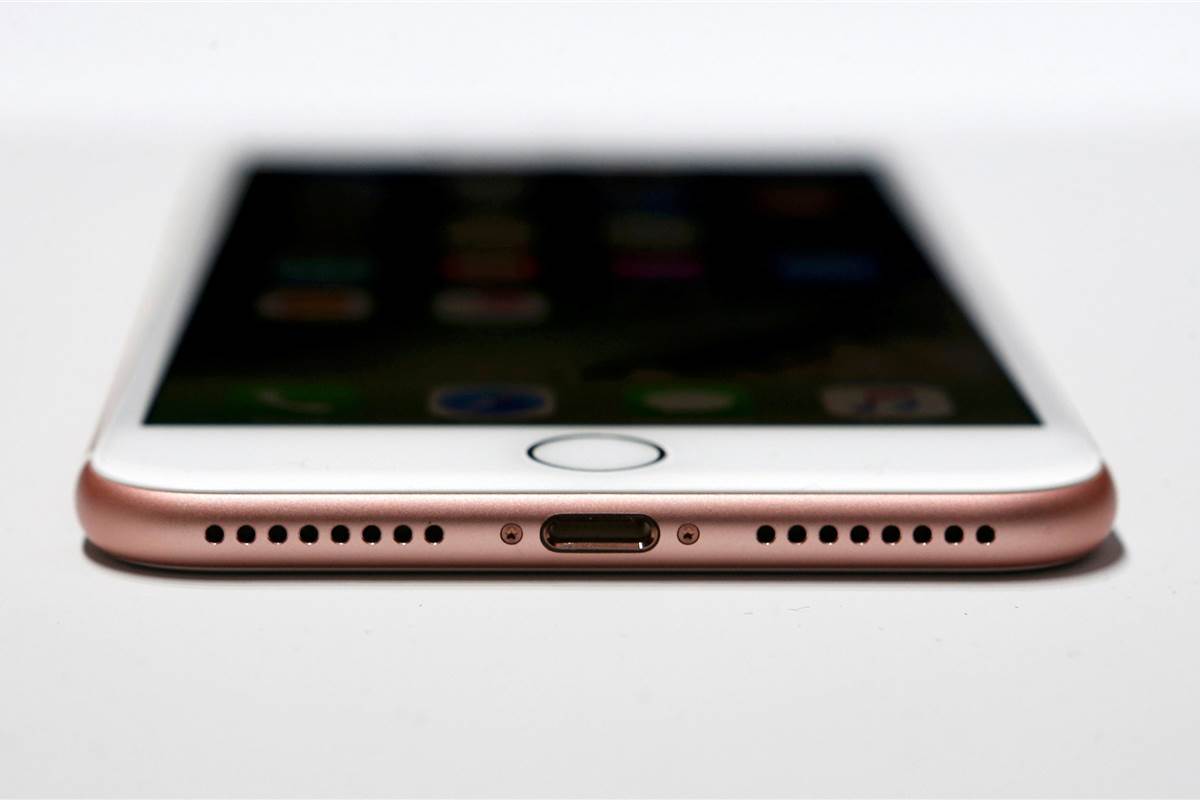The world just barely set eyes on the iPhone 7 and we’re already thinking about what Apple could have in store for next year.
Apple tends to follow the tick-tock design model, updating its design every two years while focusing on subtle performance tweaks on an off year.
Under that tradition, this year would have been a design year, following the release of the iPhone 6 and 6 Plus in 2014 and the iPhone 6s and iPhone 6s Plus last year.
While this year’s tweaks, including ditching the traditional 3.5 mm headphone jack and re-imagining the home button, are big ones, it’s expected next year’s iPhone will be the one packing major design changes.
Related: Apple’s iPhone 7 Ditches the Headphone Jack
Apple obviously isn’t saying anything yet about what it has in store for next year’s iPhone, which going by naming conventions, will likely be dubbed the iPhone 8. However, various tech blogs have reported the new phone will have a glass body and an edge-to-edge display, giving the iPhone a sleek new makeover.
“I think people know if you wait a year, you will always get something better,” Patrick Moorhead, an analyst at Moor Insights & Strategy told NBC News.
For users with an iPhone 6 or 6s who aren’t in a hurry to upgrade, Moorhead said it could be worth the wait.
“My recommendation would be line up with what you have and see if the incremental features pay off,” he said. “But to me, the people who would be [upgrading are] the 5 and 5s people. To me, it is a no-brainer, There are so many different things – [on the iPhone 7].”
Of course, 2017 will also be the 10th anniversary of the launch of the first generation iPhone in 2007, so that alone could be cause for a big surprise.
For users who want to make sure they have the latest and greatest iPhone, Apple also offers an iPhone upgrade program, which starts at $32.41 per month and lets subscribers get a new iPhone every year one is available.
Subscribers can turn in their old iPhone and upgrade to a new one after being on the plan for at least six months and making at least 12 payments, according to Apple’s website.

![[Design Story] One UI Helps You Live Life Your Way – Samsung](https://loginby.com/itnews/wp-content/uploads/2025/11/1763476351_Design-Story-One-UI-Helps-You-Live-Life-Your-Way-238x178.jpg)




